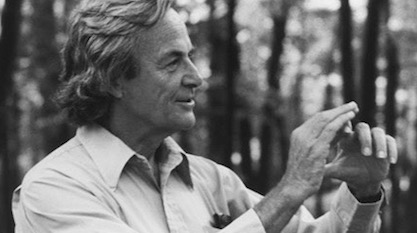 Intelligent Design
Intelligent Design
Cosmic Fine-Tuning Would Be Hard to Believe if It Weren’t True


“Nature is absurd,” jokes biologist Michael Denton, adapting a view expressed by physicist Richard Feynman in his book, QED: The Strange Theory of Light and Matter. In saying so, Denton means to highlight what often seems to be the absurdly fine-tuned fitness of the properties of light, water, fire, and more, that allow for our existence.
He offers the comment in a brief video conversation with Rob Crowther in Discovery Institute’s Seattle offices. Dr. Denton gives a masterful and highly charming summary of the thesis of his new book, Children of the Light: Astonishing Properties of Sunlight that Make Us Possible, latest entry in the Privileged Species series. See it here:
As he explains, the dual wave and particulate aspects of light, essential to our ability to see, and so much else, must all be just right to within insanely precise parameters. The whole scheme of nature isn’t absurd. It’s beautiful. Yet what we know about cosmic fine-tuning, what Denton has to teach us, would be hard to believe if it weren’t true.
“Well,” a materialist might grumble, “we wouldn’t be here to notice it if it weren’t all set up so nicely that way.” It seems to me that is an inadequate response. To you, as well?
I may be repeating myself, but just as I would love to hear a thoughtful response from Darwinists to Winston Ewert’s dependency graph hypothesis, noted here last week, I would be extremely curious to hear a serious reply to Denton’s accumulating argument that the universe was designed, very, very, very specifically, for us.
But you know what I get instead? From following the comments that ID critics leave here for us, sometimes I’m simply amazed at the inability to hear arguments and respond to them, the tendency to obsess about genuine absurdities, refuted multiple times over, like “ID is all about teaching creationism in the public schools.”
Photo: Richard Feynman in 1984, © Tamiko Thiel (OTRS communication from photographer) [CC BY-SA 3.0 ], via Wikimedia Commons.
